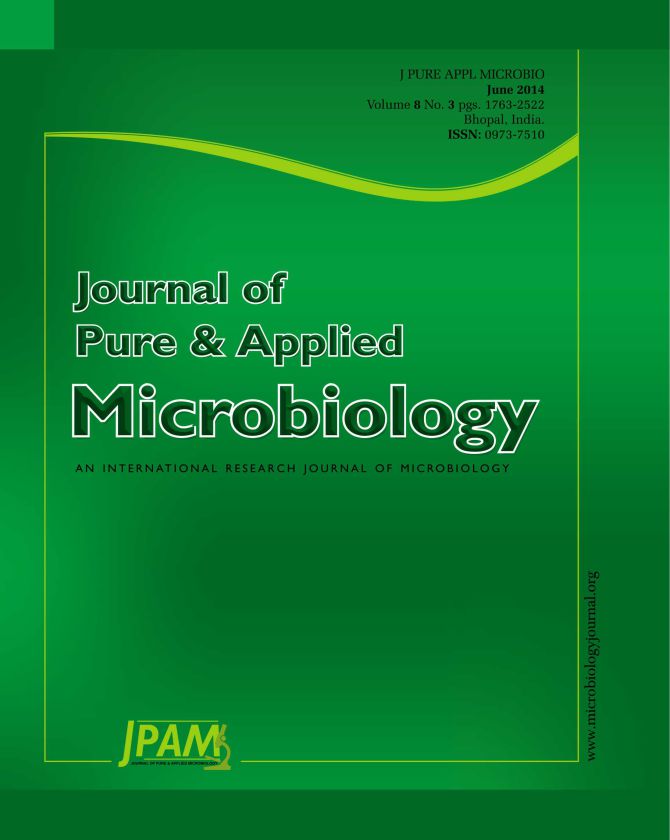The pathogenic bacterial distributions and resistance states in patients with lower respiratory infections were analyzed to provide evidence for clinical therapy. Bacteria were cultured and separated according to clinical routine. A bacteria measuring medical software was used for statistical analysis. A drug sensitivity test was performed using the minimal inhibitory concentration (MIC) method. The detection rate of pathogenic bacteria in phlegm samples was 38.61%. Gram-negative bacilli comprised 94.31% of the total bacterial population. The four common bacteria were Pseudomonas aeruginosa, Acinetobacter baumannii, Klebsiella pneumoniae, and Escherichia coli. The drug sensitivity test showed that the pathogenic bacteria, which can cause pulmonary infections, had different degrees of resistance to many antibiotics. Only cefoperazone/sulbactam achieved better sterilizing effects on the four common Gram-negative bacilli than the other antibiotics. The resistance rates were below 10%. Pathogenic bacterial resistance was poor in upper respiratory infections. Thus, antibiotic use should be standardized to control the variation in bacterial drug resistance.
phlegm sample, pathogenic bacteria, drug resistance
© The Author(s) 2014. Open Access. This article is distributed under the terms of the Creative Commons Attribution 4.0 International License which permits unrestricted use, sharing, distribution, and reproduction in any medium, provided you give appropriate credit to the original author(s) and the source, provide a link to the Creative Commons license, and indicate if changes were made.


